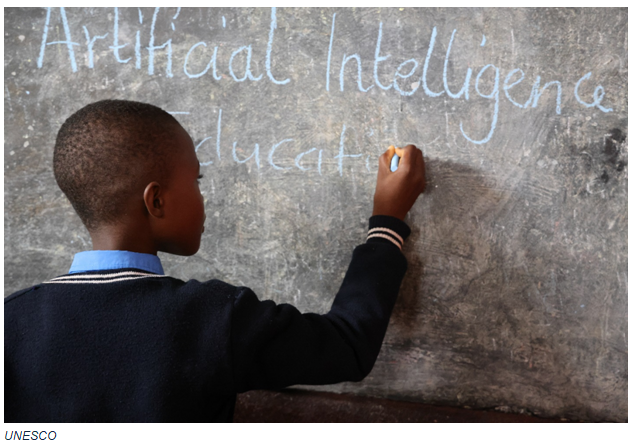Data to tell the stories of our lives, starting from Education
Share
11/07/2024

Data fills our lives. Having accurate, timely, inclusive and open data enables us to properly evaluate the current state of the world and to determine how best to move forward, improving people’s lives.
The SDGs journey is half-way through and only six years remaining until touchdown.
Where are we to achieve UNESCO-related SDGs, and especially in terms of realizing the hope of a world where education systems that foster quality inclusive education and promote lifelong learning opportunities for all are in place all over the globe?
As the United Nations High-levelPolitical Forum, is happening as we speak, from 8 to 17 July 2024 themed “Reinforcing the 2030 Agenda and eradicating poverty in times of multiple crises: the effective delivery of sustainable, resilient and innovative solutions”, UIS is best placed to track the progress on the actions, daily undertaken by the Institute, to provide substantive, reliable, transparent, accessible and relevant data to fulfill the commitment to achieve the sustainable development goals, our roadmap to 2030.
As custodian of SDG4, UNESCO Institute for Statisticsensures that official and trusted source of internationally comparable data on education, sciences, culture and communication are produced, thus fueling the policies and investments needed to transform lives and propel the world towards its development goals.
While highlighting that nearly half the 17 targets are showing minimal or moderate progress, there is some hopeful news in terms of progress towards Goal 4, shared in the newly released Sustainable Development Goals Report 2024.
Here’sthe good news:
However, much concerted efforts and collective action need to be taken:
Relevant weight has been given to greening education and having trained and qualified teachers, able to enlighten and guide the generations of tomorrow.
School subjects, such as climate change and sustainability education have been found relevant, but missing, in ninth grade science and social science curricula.
Teachers need additional training, particularly in Sub-Saharan Africa, where enrolment growth outpaces teacher hiring. Inconsistency in national teacher qualification standards further obstructs progress.
The Sustainable Development Agenda is a moment of great opportunity despite the multiple interlinked crises in the world. SDG4 is of critical importance to allow countries to be on track to deliver on the promise of a quality education for all. Acceleration on the implementation of the 2030 agenda is our responsibility, holding governments accountable for the provision of good quality data. Many countries are advancing, but we need to do more to make sure everyone is on board and committed.
As UN Secretary General Antonio Guterres pointed out at the opening of the high-level political forum on 8 July 2024“this is a once-in-a-generation opportunity to mend eroded trust and demonstrate that international cooperation -human solidarity in the face of opportunity but also threats – can carry us forward”.
Let’s do more, Together.
ABOUT UNESCO INSTITUTE FOR STATISTICS (UIS)
Established in November 1999, the UNESCO Institute for Statistics is its global statistical branch, producing high-quality data related to education, culture, social and human sciences, natural sciences, communication and information, to deliver efficient and cost-effective solutions and methodologies to respond to SDG data needs and emerging issues.The Institute guides and supports countries and partners to produce and use data for policy-making and has access to data and analysis to foster and enable informed decision-making at all levels.
For more information, follow:
WebsiteUNESCO UIS
LinkedinUNESCO Institute for Statistics